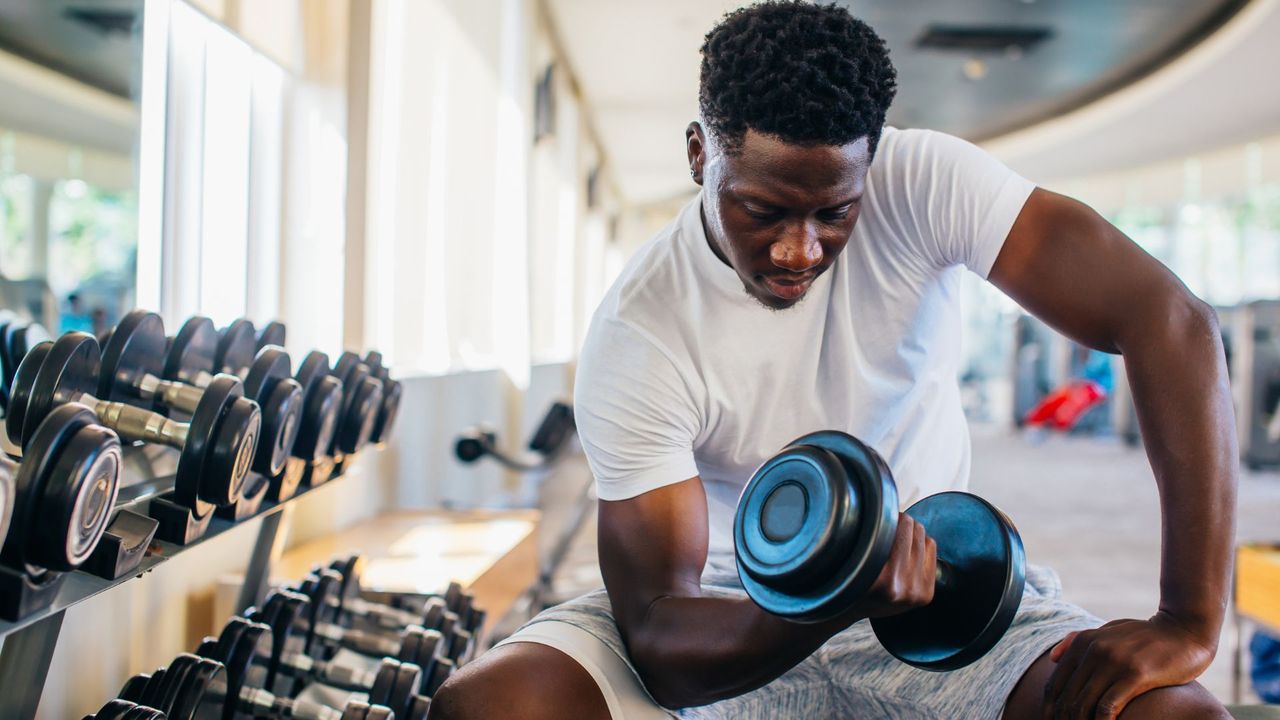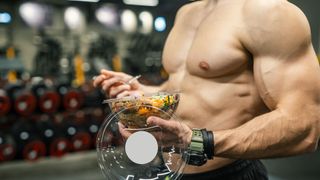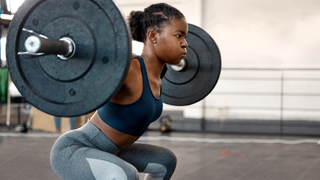Active4 scientific tips you need to know to help you build muscleIf you really want to build muscle, then you need to make sure you’re doing these thingsWhen you purchase through links on our site, we may earn an affiliate commission.Here’s how it works.
Active4 scientific tips you need to know to help you build muscleIf you really want to build muscle, then you need to make sure you’re doing these thingsWhen you purchase through links on our site, we may earn an affiliate commission.Here’s how it works.
If you really want to build muscle, then you need to make sure you’re doing these things
When you purchase through links on our site, we may earn an affiliate commission.Here’s how it works.
(Image credit: Shutterstock)

(Image credit: Shutterstock)
Building muscle can often feel complex, especially if you’re new to training or have been out the game a while. But, unless you’re planning to step on stage and become the next Mr Olympia, it doesn’t need to be.
Although you don’t need to go to a gym to build muscle, resistance training – aka lifting weights, likedumbbellsandbarbells– is going to be the fastest way to add mass. You’ll need to train consistently too, withresearchshowing that you should train major muscle groups at least twice a week to maximise muscle growth (although we recommend two to four sessions a week).
Being consistent with these two things is a great starting point, but you’ll also need to make sure you’re doing a few other things in order to maximise your muscle-building potential. Here are some scientific tips that can help…
1. Eat more
(Image credit: Getty Images)

(Image credit: Getty Images)
Getting your nutrition in check is fundamental and to build muscle you need to be eating in a calorie surplus, facts. This is where you consume more calories than you burn in a day. “These additional calories help regrow damaged muscle tissue after a tough workout session,” says theInternational Sports Sciences Association. If you’re not providing your body with enough fuel (food) it’s going to struggle to grow and get stronger.
Consuming enough protein within your diet is also particularly important, as your body will break it down into amino acids (the building blocks for cells and new tissue) which will then help to repair and grow your muscles. Your body is continuously breaking down muscle proteins, so it’s key that you’re consuming more protein than your body breaks down in order to build muscle. A general rule of thumb is to consume 1.2-1.6 grams of protein per kilogram of body weight per day.
Aprotein shakeis a good way to ensure you hit your daily intake and if you’re struggling to consume enough calories, then you may want to consider buying amass gainer.
Sign up to the T3 newsletter for smarter living straight to your inbox
Get all the latest news, reviews, deals and buying guides on gorgeous tech, home and active products from the T3 experts
2. Progressive overload
(Image credit: Getty Images)

(Image credit: Getty Images)
This is where you increase the amount of stress placed on your muscles causing adaption and it’s key for increasing size and strength. “If you’re not constantly challenging and stimulating your body it will quickly adapt to lifting the same weight time after time, and your muscular gains will grind to a halt,” explains Aroosha Nekonam, Certified Personal Trainer atUltimate Performance. Basically, you need to challenge your body’s muscles in order to create microtears, so that they can repair and grow back bigger and stronger.
3. Getting enough sleep
(Image credit: Prostock-Studio / iStock)

(Image credit: Prostock-Studio / iStock)
Good quality sleep is integral to many areas of our life, including building muscle. When we sleep our body releases human growth hormone, which helps our muscles grow and repair.
4. Not forgetting your compounds
(Image credit: Getty Images)

(Image credit: Getty Images)
Isolation exercises, like bicep curls, may give you a great pump, but you also need to focus on those bigger, multi-joint movements, yourcompound exercises. These are things likesquats,deadlifts,bench press, lunges, movements that engage multiple muscles.
Why? Well, for starters, exercises that require the engagement of lots of muscles often allow you to move more weight, and we’ve already spoken about the importance of progressive overload earlier on in this article (it’s key for muscle growth). But theInternational Sports Sciences Associationalso says they increase the release of testosterone and growth hormone, which is also key for muscle-building. Isolation exercises should still hold a place in your training, but compound movements are key and if you’re not including them, then you need to.

Build bigger arms in just 30 minutes with this 5-move dumbbell-only workoutIt’ll leave the biceps and triceps popping!
It’ll leave the biceps and triceps popping!

OMEGA puts the moon on your wrist with its new Speedmaster Moonphase MeteoriteOMEGA adds two new Moonphase Meteorite watches to its Speedmaster line-up
OMEGA adds two new Moonphase Meteorite watches to its Speedmaster line-up